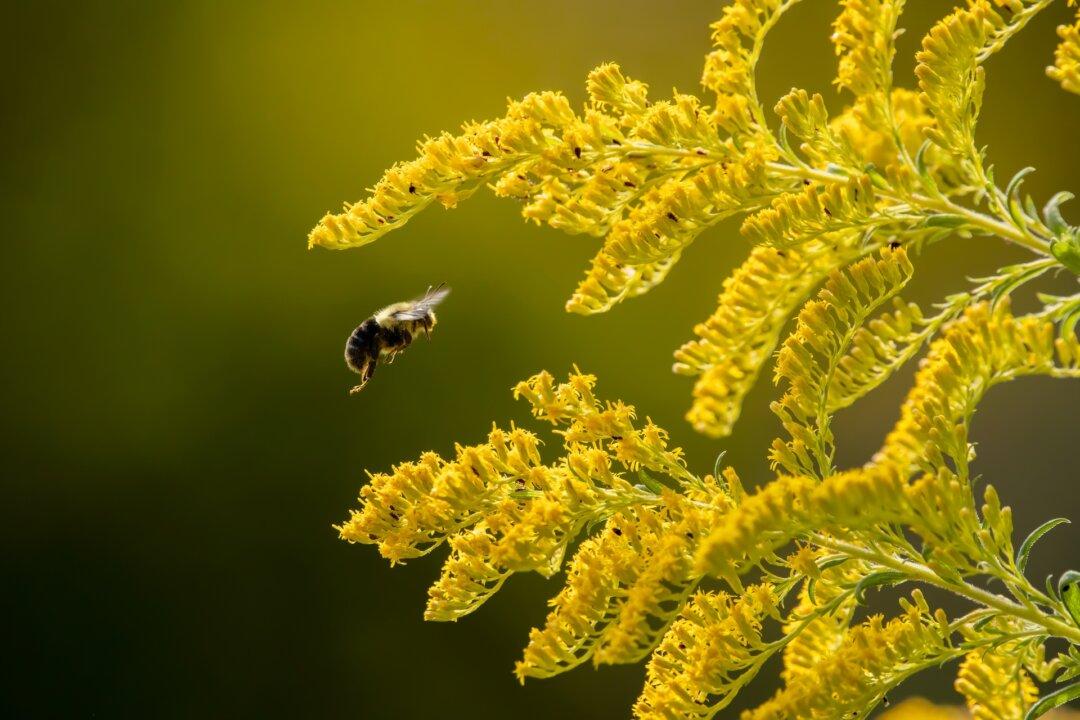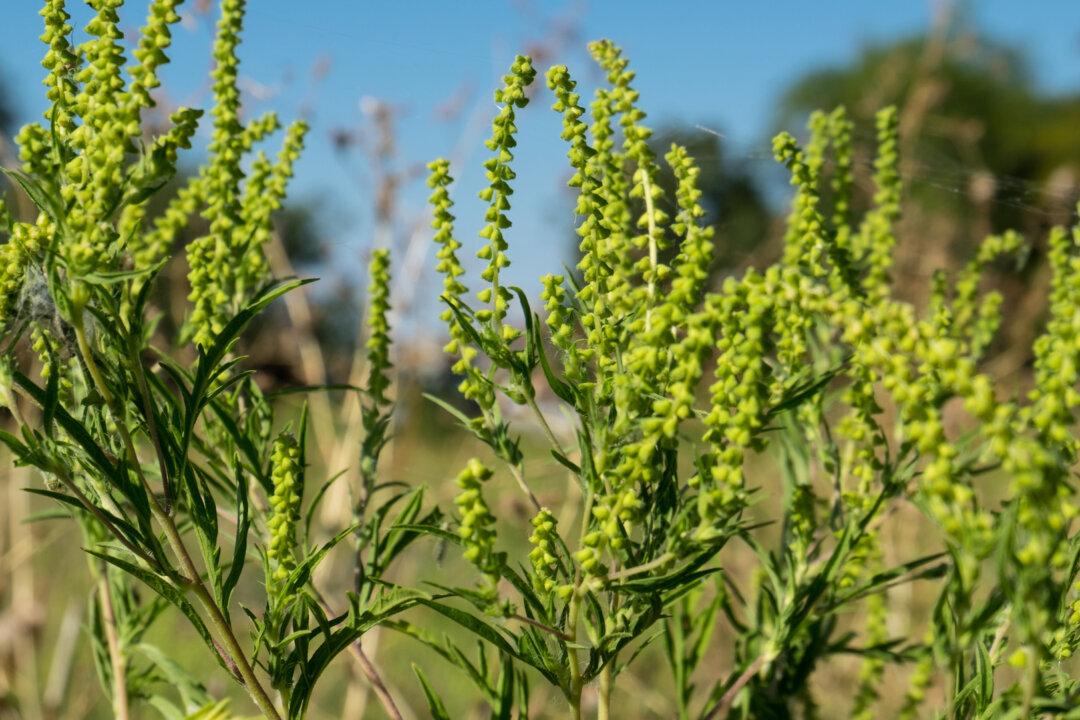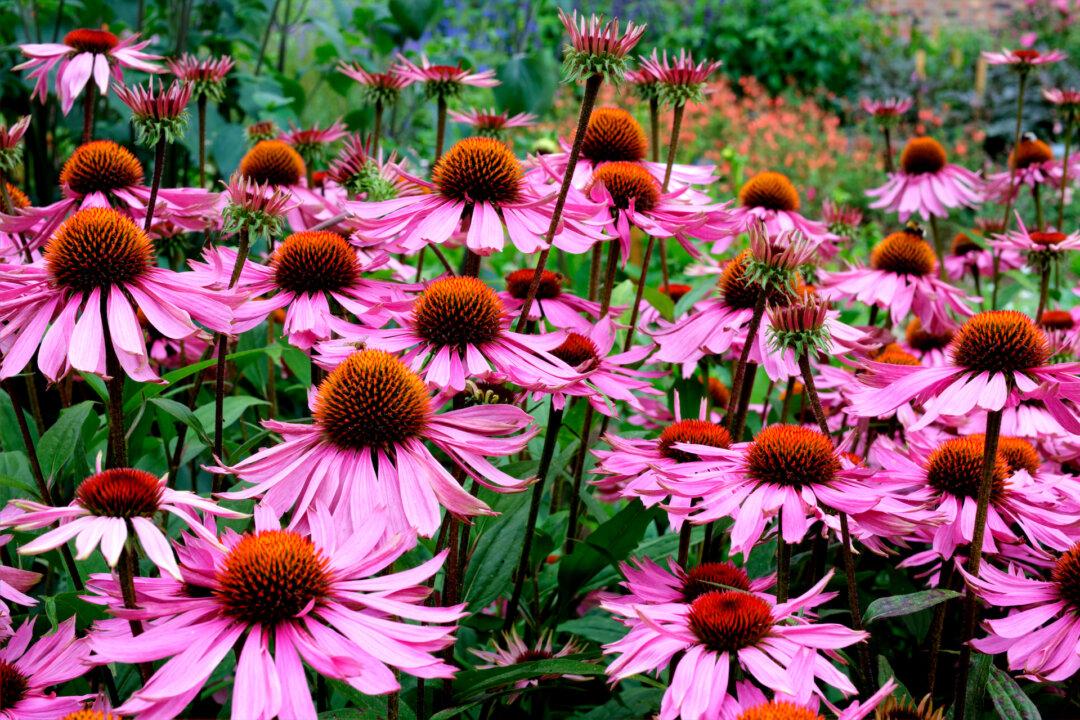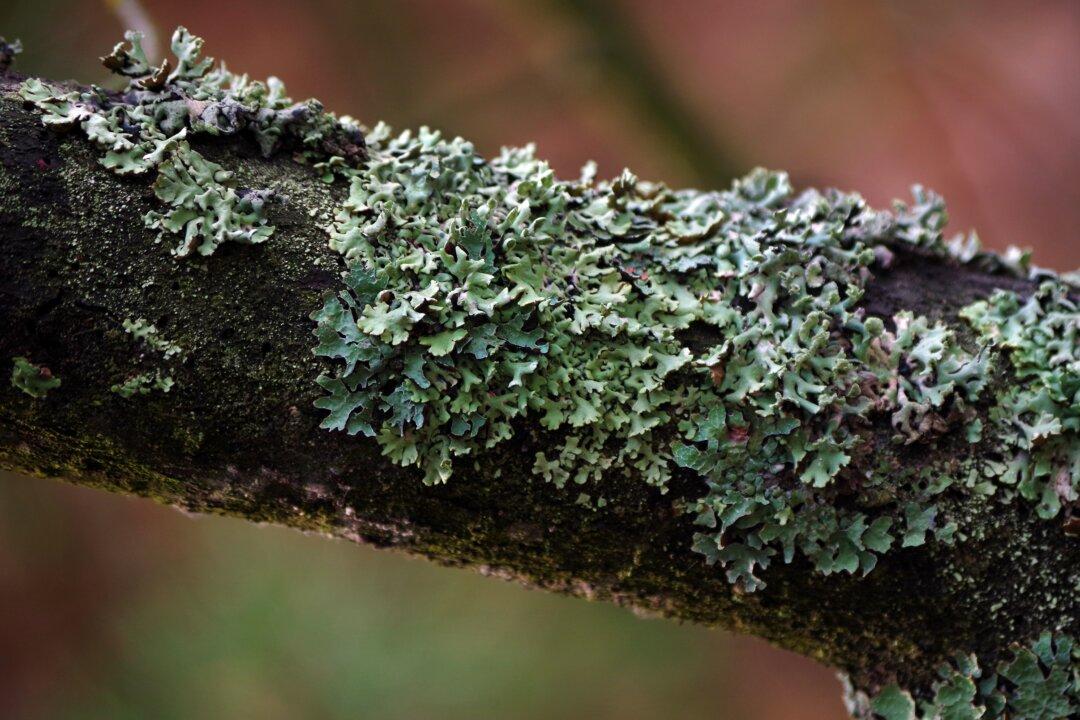Q: What do you need to do to prepare a flower bed to plant azaleas?
A: What kind of azaleas and where are you located? Azaleas are members of the rhododendron family. There are more than 900 species and hundreds more natural and man-made varieties. Some are native to swamps and some to dry woodlands. Others are naturally found and grow well in sandy soil near oceans, and some are native to mountainous areas.





